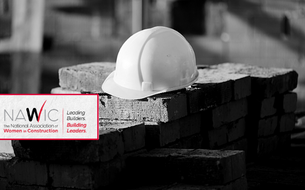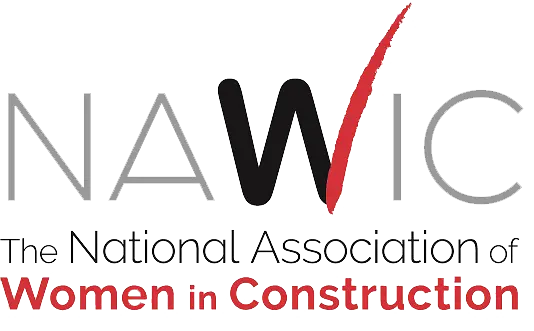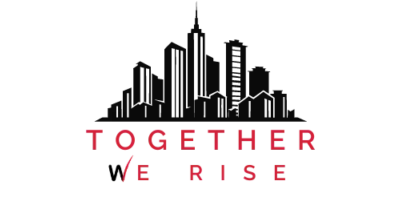
Workplace Stressors of Women Construction Workers

Let’s face it. Work is stressful in the construction industry, now more than ever, with a shortage of workers and a high demand for construction work. Women construction workers especially are feeling the stress.
A recent Construction Dive article reported that the industry’s difficulty in recruiting new workers and safety concerns were among the top stressors for construction workers. Other stressors included work-life balance and mental health issues.
Lack of training and the workforce shortage
Finding skilled workers is one of the biggest factors of the workforce shortage according to a report from AGC, the Associated General Contractors of America. According to their survey, 91% of construction firms reported having difficulty filling positions. The most common reason, cited by 77% of respondents, was lack of training or failure to pass a drug screen. This shortage of skilled workers places an additional burden on existing employees who are stretched thin filling in gaps or working overtime to get the job done.
But construction firms are getting more involved in preparing future workers for careers in construction, the AGC reports. “Fifty-one percent of survey respondents—up from 37 percent in the 2021 survey—report they have engaged with career-building programs such as high school, collegiate, or technical school construction programs.” Increasing the number of skilled women construction workers would ease the shortage while a diverse workforce has been shown to improve productivity with better communication and problem-solving skills.
Need for improved safety on the job
Construction is dangerous work for many in the industry. But for women construction workers, additional workplace stress may be caused by a lack of properly fitting PPE, or personal protective equipment, such as safety glasses, gloves, hard hats, and steel-toed boots.
According to Grainger, an industrial supply and equipment company, gear that doesn’t fit properly presents safety hazards: loose material snagging on machinery, ill-fitting gloves causing the wearer to drop or mishandle materials, footwear causing blisters, and steel toe protection not providing adequate coverage. Improperly sized protective equipment, such as safety vests, fall harnesses, headgear, and eye and ear protection, can increase the risk of injury or harm.
Work-life balance for women construction workers
During the COVID pandemic, many employers outside of the construction industry moved to remote or hybrid work models, which enabled a better work-life balance for many workers. In other industries, this is now the new normal. But working remotely just isn’t an option for many jobs in construction. Long hours and erratic work schedules can wreak havoc on home life, particularly for women who are typically the family caregiver. And it isn’t just women. According to Construction Dive, 16% of construction workers reported that their companies were working them too hard to engage with family and friends outside of work and a third reported that it is difficult to take vacations.
Mental health
Concerns about job security, unrealistic expectations from employers, and outside stressors are major factors in mental health issues for women construction workers. One way employers can reduce workplace stress is by scheduling regular toolbox talks to address mental health issues and job concerns. Training supervisors to identify and respond to workers’ stress is often beneficial, as is helping employees build good communication skills.
How can NAWIC help?
NAWIC helps ease workplace stress for women construction workers by providing community, mentorship, networking, leadership opportunities, and education opportunities for the more than 5,100 members in 118 chapters nationwide. As the leading organization for women builders, the National Association for Women in Construction advocates for industry improvements such as better PPE and mental health support for construction workers, and participates in industry awareness events, including Construction Inclusion Week, Construction Safety Week, and Women in Construction (WIC) Week, which was founded in 1998 by NAWIC.



